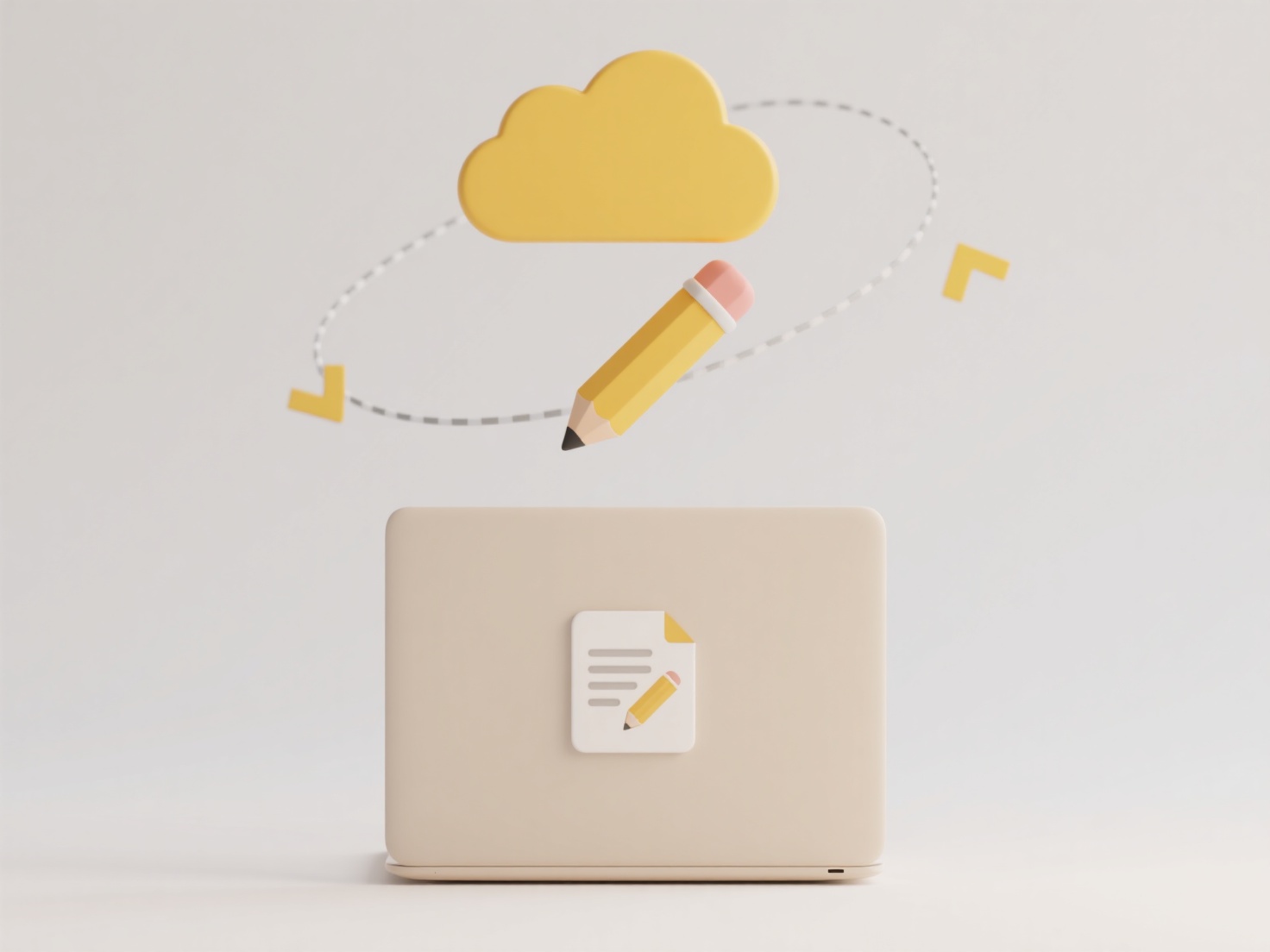
Managing duplicate files in a shared drive means identifying and handling multiple exact copies of the same file scattered across the drive's folders. These duplicates occur when multiple users save the same file independently, sync folders incorrectly, or upload files repeatedly. Unlike related clutter like similar-named files or outdated versions, true duplicates are byte-for-byte identical and offer no value, merely wasting storage space and creating confusion. Effectively managing them requires dedicated tools or processes to automatically detect and consolidate these redundant copies without disrupting necessary files.
Common scenarios include a legal team unintentionally saving several copies of the same contract across departmental subfolders, or duplicated image files bloating a marketing team's shared asset library. IT departments or project administrators often use specialized software tools integrated into platforms like Microsoft SharePoint/OneDrive, Google Drive Enterprise, or standalone applications such as Duplicate File Finder Pro or Easy Duplicate Finder. These tools scan storage locations and pinpoint identical files.

The primary advantages are significant storage cost savings, reduced user confusion when searching for the single authoritative version, and improved data integrity. However, limitations include the risk of accidentally deleting a necessary file mistaken for a duplicate, potential processing time on large drives, and possible tool subscription costs. Administrators must carefully configure scans to avoid crucial directories and ensure processes respect data privacy regulations like GDPR, as tools need broad access to file content for matching.
How do I manage duplicate files in a shared drive?
Managing duplicate files in a shared drive means identifying and handling multiple exact copies of the same file scattered across the drive's folders. These duplicates occur when multiple users save the same file independently, sync folders incorrectly, or upload files repeatedly. Unlike related clutter like similar-named files or outdated versions, true duplicates are byte-for-byte identical and offer no value, merely wasting storage space and creating confusion. Effectively managing them requires dedicated tools or processes to automatically detect and consolidate these redundant copies without disrupting necessary files.
Common scenarios include a legal team unintentionally saving several copies of the same contract across departmental subfolders, or duplicated image files bloating a marketing team's shared asset library. IT departments or project administrators often use specialized software tools integrated into platforms like Microsoft SharePoint/OneDrive, Google Drive Enterprise, or standalone applications such as Duplicate File Finder Pro or Easy Duplicate Finder. These tools scan storage locations and pinpoint identical files.

The primary advantages are significant storage cost savings, reduced user confusion when searching for the single authoritative version, and improved data integrity. However, limitations include the risk of accidentally deleting a necessary file mistaken for a duplicate, potential processing time on large drives, and possible tool subscription costs. Administrators must carefully configure scans to avoid crucial directories and ensure processes respect data privacy regulations like GDPR, as tools need broad access to file content for matching.
Quick Article Links
What’s the best way to name audio files like podcasts or recordings?
A descriptive naming convention helps you organize, identify, and retrieve audio files efficiently. It prioritizes key d...
Are local file permissions respected when running Wisfile?
Are local file permissions respected when running Wisfile? Wisfile fully respects your system's existing file permissi...
Can I monitor and log renaming activity?
Monitoring and logging renaming activity involves tracking when files, folders, or digital objects (like database entrie...